From the dizzying coastal vistas to the ice-cold bergs drifting down from the north, the Canadian province of Newfoundland is a place chock-full of ocean life. As a pair of scuba divers having lived in Atlantic Canada for many years, it wasn’t until Joey and I moved away that we discovered what a diamond in the rough this place truly is.

Diving Newfoundland and Labrador: The island of Newfoundland and Labrador is a place where the natural elements and ancient history collide. Next to the incredibly clear water and marine life everywhere you turn your mask, it’s hard not to picture this maritime North Atlantic province as a diving location.
Located adjacent to Conception Bay, a place known for the Bell Island shipwrecks, Trinity Bay is a historic and well-protected coastline running from Grates Point on the tip of the Avalon Peninsula to Bonavista. The bay is at the heart of Newfoundland’s history, where explorer, John Cabot, discovered the Western World when he arrived at Bonavista in 1497.
Trinity Bay shelters superb fishing grounds and is indented with numerous coves and harbours, the largest being Trinity on the north-west shore. Beyond the strong fishing ties that many of Trinity’s villages still hold near and dear to their heart, this snaking expanse of shoreline also has strong ties to the whaling industry.
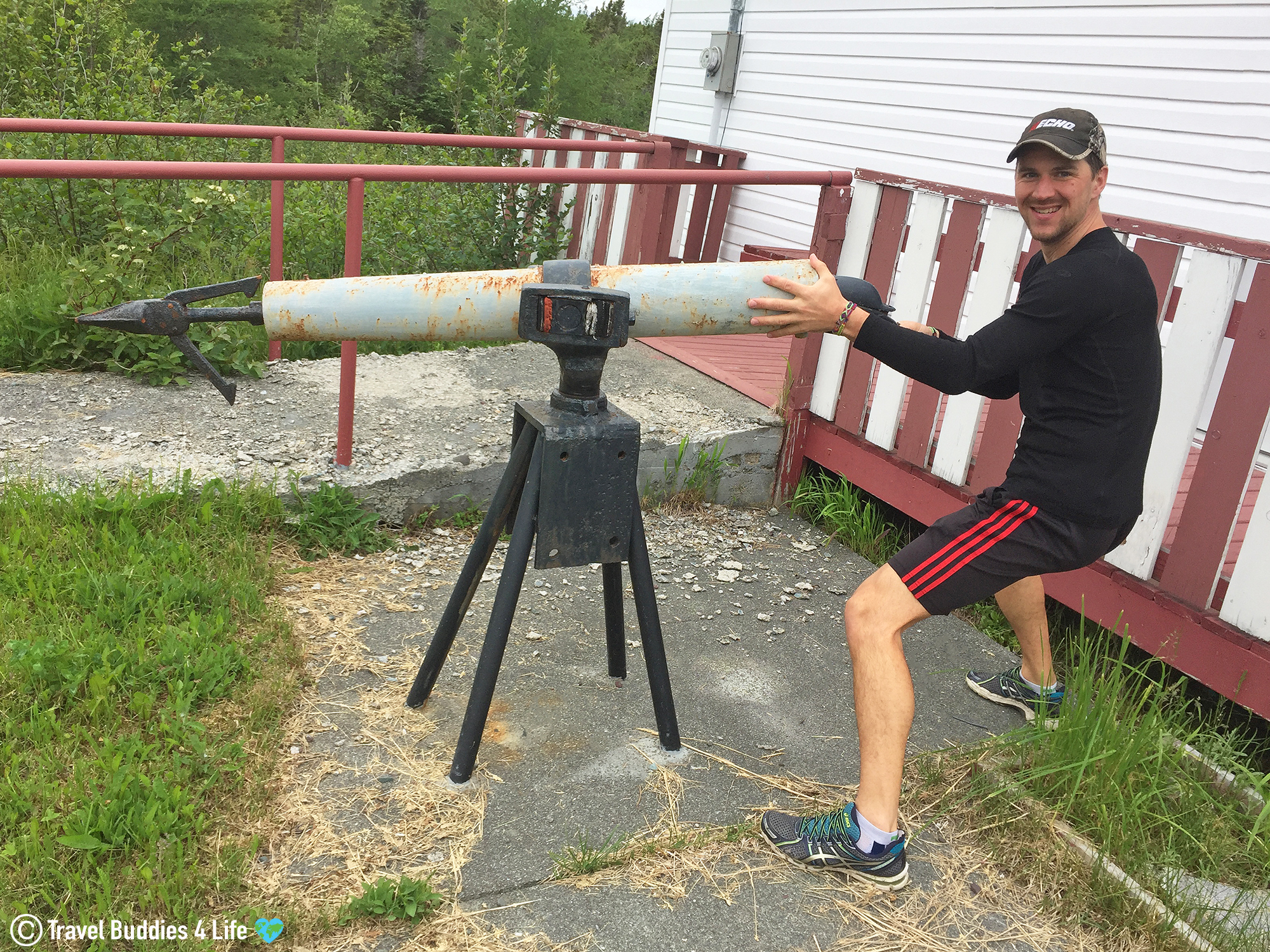
From the late 19th century until 1972 around 20,000 whales were hunted in Newfoundland and Labrador for oil, meat and fertilizer. During that time, shore-station whale processing stations were established and built, in strategic places along Newfoundland and Labrador’s coast.
In 1946, Dildo became a whale hunting location where whalers would hunt from two small boats. As the whaling industry grew, the shore facilities were enlarged and in 1951 a wharf was built to accommodate larger vessels (Twentieth-Century Shore-Station Whaling in Newfoundland and Labrador).
Being one of the last whale-processing plants in Newfoundland, a Canadian moratorium on commercial whaling forced the closure of the Dildo station in 1972. This signaled the final ending of more than 400 years of traditional and modern commercial whaling in Newfoundland and Labrador coastal waters (Heritage N&L, 1998).
Although the whaling profession has long since died out, along the southeastern shoreline of Trinity Bay the small and seemingly irrelevant town of Dildo remains. The former whale processing station has turned into a run-down industrial entourage, with an enormous whale graveyard just offshore. Here divers have the opportunity to find skeletal remains from fin, minke and sperm whales scattered across the bottom.
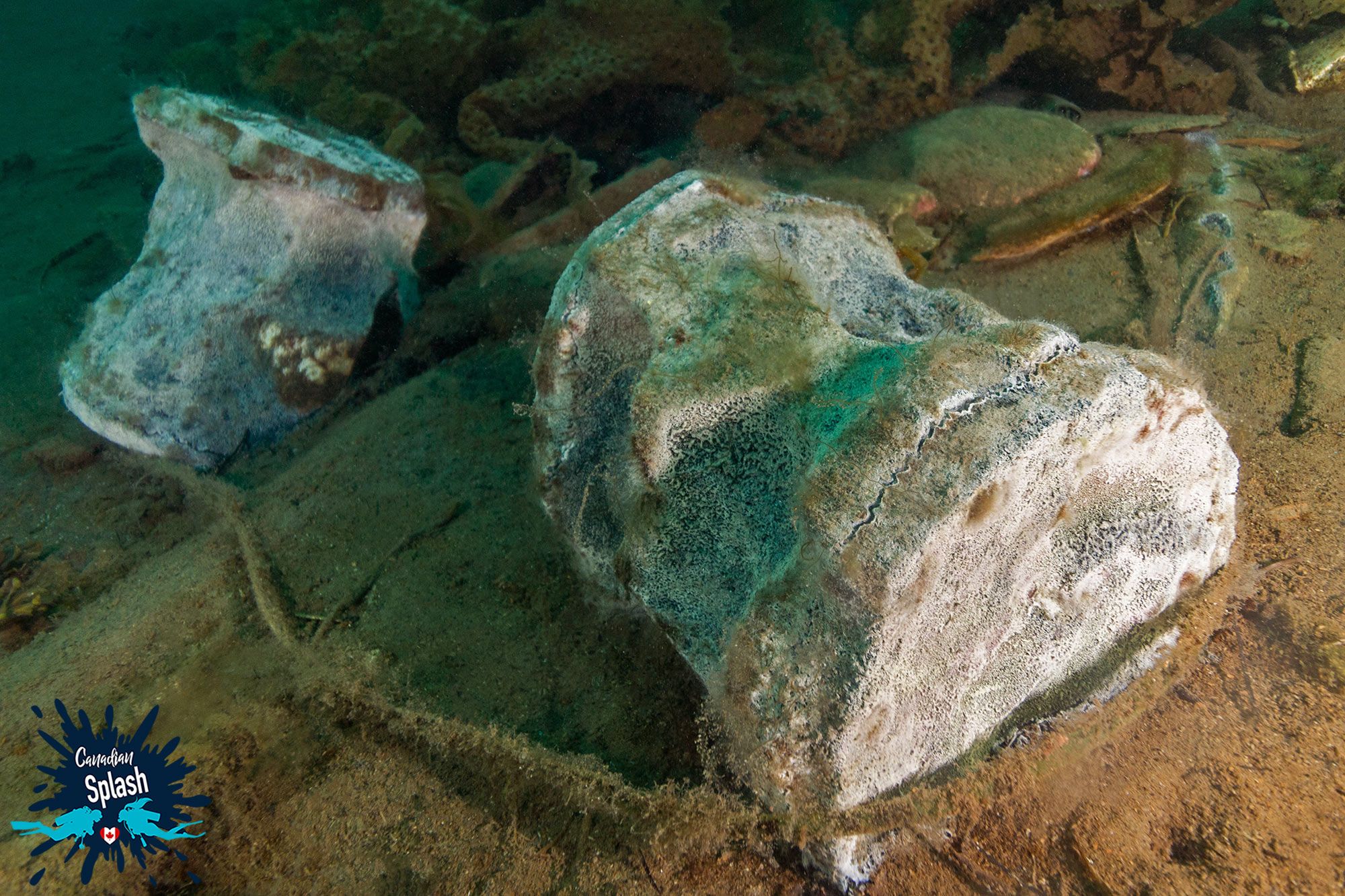

How to Find the Dildo Whale Bone Site and What to Look For
GPS Coordinates: 47.531610, -53.550121
Address: Arnold’s Cove, Newfoundland and Labrador, A0B 1A0
Enter the water on the beach to the right of the wharf. Follow the wharf underwater to its tip and circle the area between depths of 12-18 meters (40-60 feet) to find bones.
Preparing to dive into Dildo’s blubbery past, Joey and I took advantage of the beach access next to the wharf in order to get into the water. Overall the site had a very industrial feel. We were surrounded by factory-like buildings and had I not been given specific coordinates to the site, I might never have found the place.
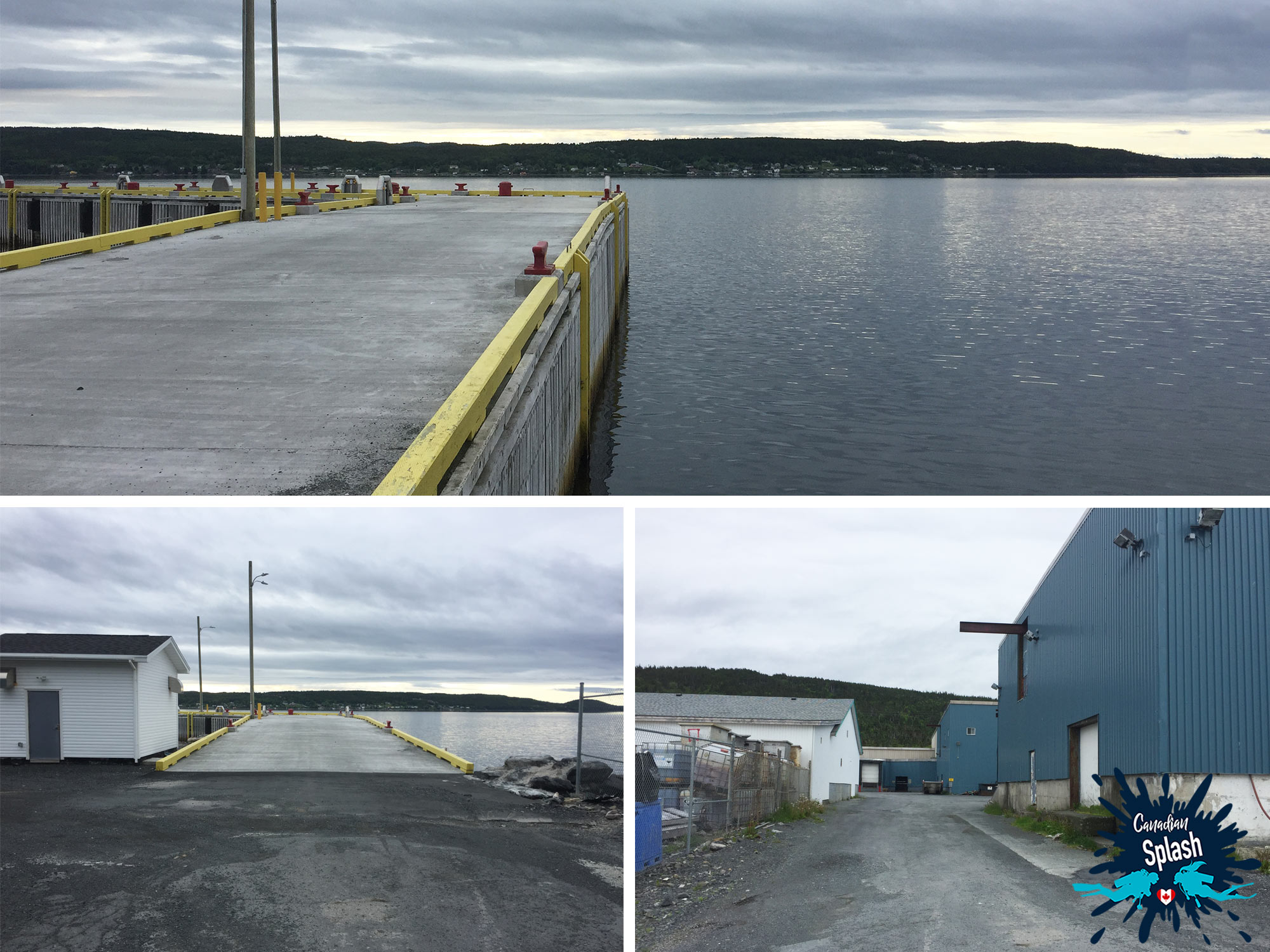
Descending down the sandy shore we waded out into waist-deep water which was eerily still. The gloomy overcast weather, made me feel like I was about to invade some sacred graveyard. In silence, we finished kitting up and slipped below the tranquil surface.
The bottom was muddy, not the sandy mud I’m accustomed to but a dark organically rich mud. It looked thick and goopy and with one fin kick made the visibility next to nothing. On top of the mud, rocks peppered the bottom and hugging those rocks were purple tones of sea stars.
Following the wharf and staying in the sunny 5-meter (15-foot) shallows we took in our first impressions of the dive site. Overall this section of Trinity Bay was darker and murkier than our previous shore dives in Conception Bay. Near the wharf, there was an abundance of kelp waving everywhere. There were also cheeky cunners acting like thieves. It was like being in a snowstorm but every flake was a silver-bodied fish. They loved to frolic in and out of the kelp pieces.
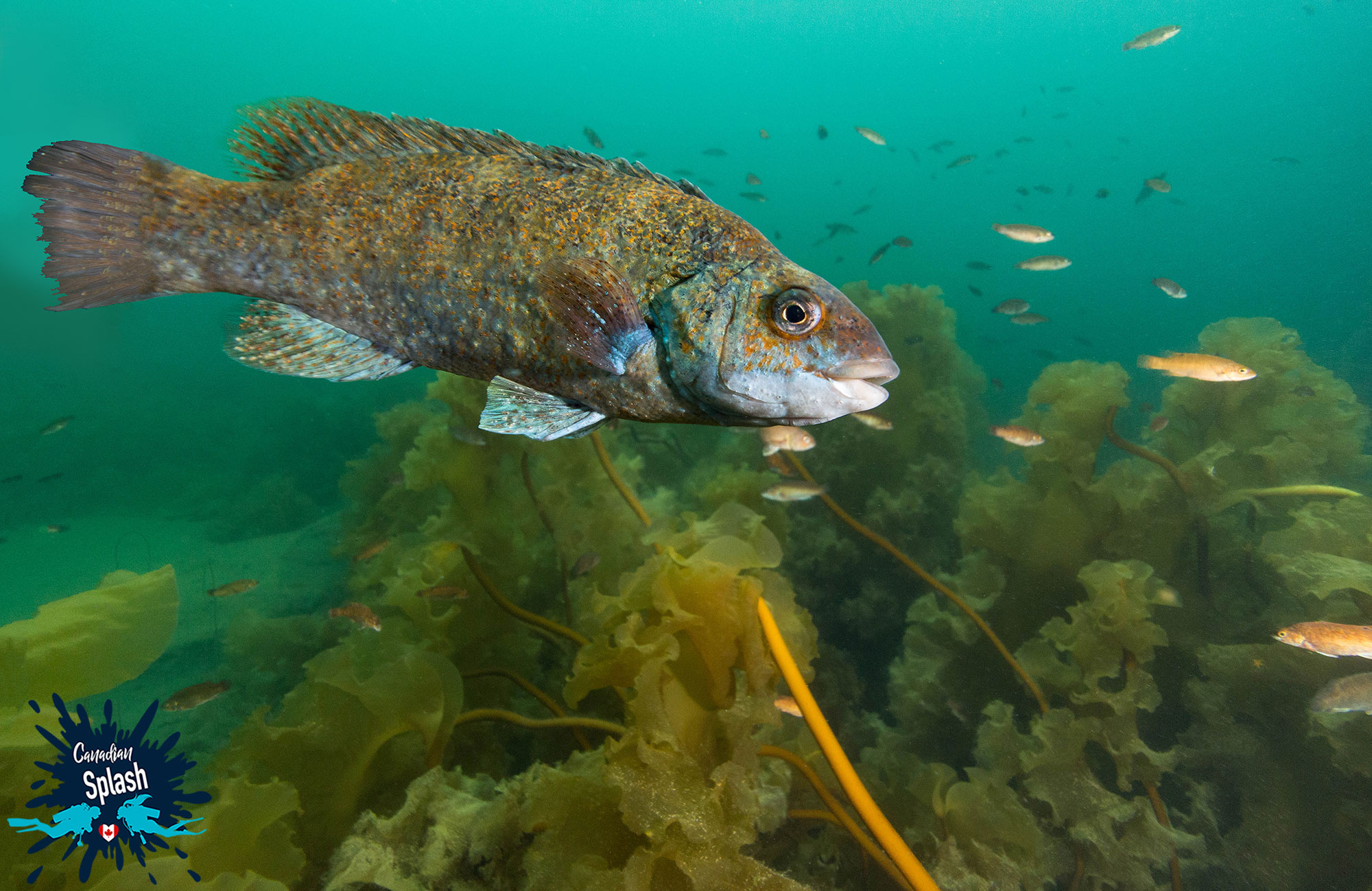
Apart from the flurry of cunners and kelp, there were also crabs, snails and sculpin. The creature lurked on the brown benthos in search of their next meal. I loved to watch them and it was not surprising that these scavengers were unaffected by my presence. As a notable diving location, thanks to the discarded whale bones, I’m sure these critters have had many-a-scuba diver encounters over the years.
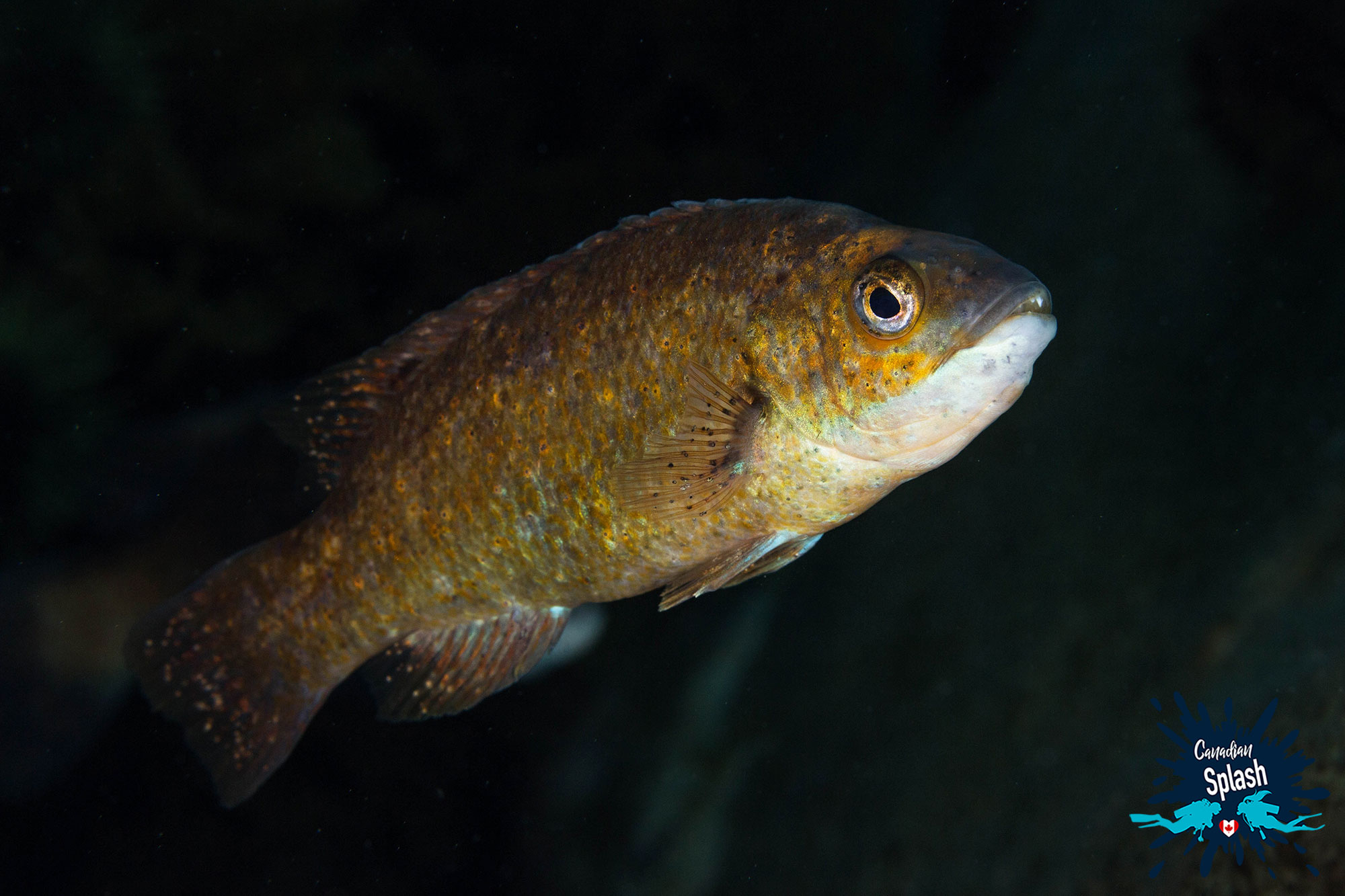
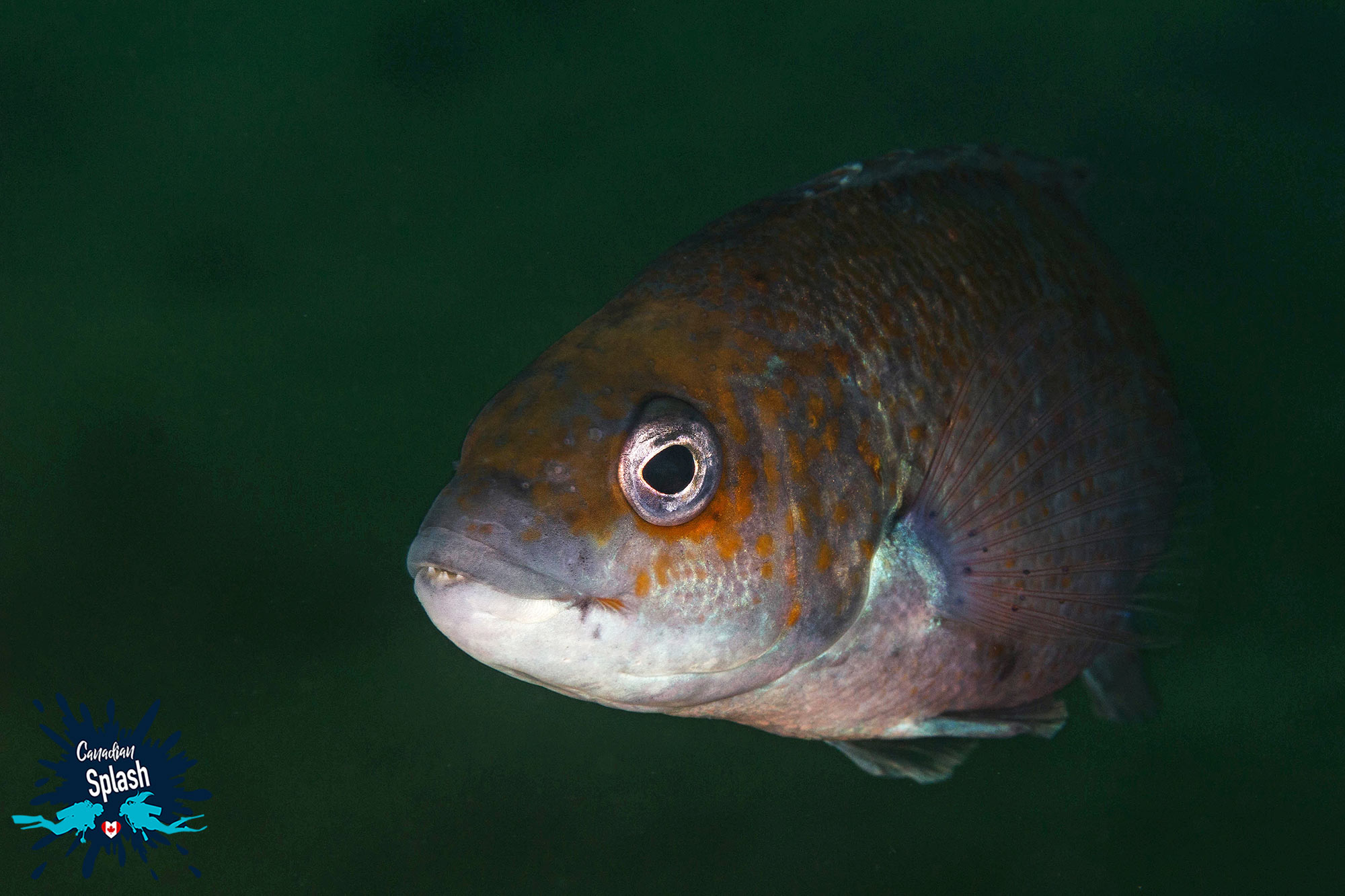
As a dive site, Dildo was easy to navigate reaching depths of 20 meters (66 feet) of water. Leaving the shallows and the wharf we headed deeper in search of bones. The muddy escarpment tapered downwards. After what felt like ten minutes of swimming we found one.
It takes a few seconds to register what I’m floating beside – our first whalebone.
The bones were not what I expected. They were excessively porus – likely from microscopic bugs and worms. It reminded me almost of a sponge. I was surprised at how intact and white the bone appeared even after several decades underwater.
During the dive, Joey and I had the chance to find whale ribs, jawbones and vertebrates. All of the bones had become home to other marine life, over the course of time. It was a humbling experience to see and swim in this bone graveyard and imagine the mammoth-sized animal, from which they belonged.
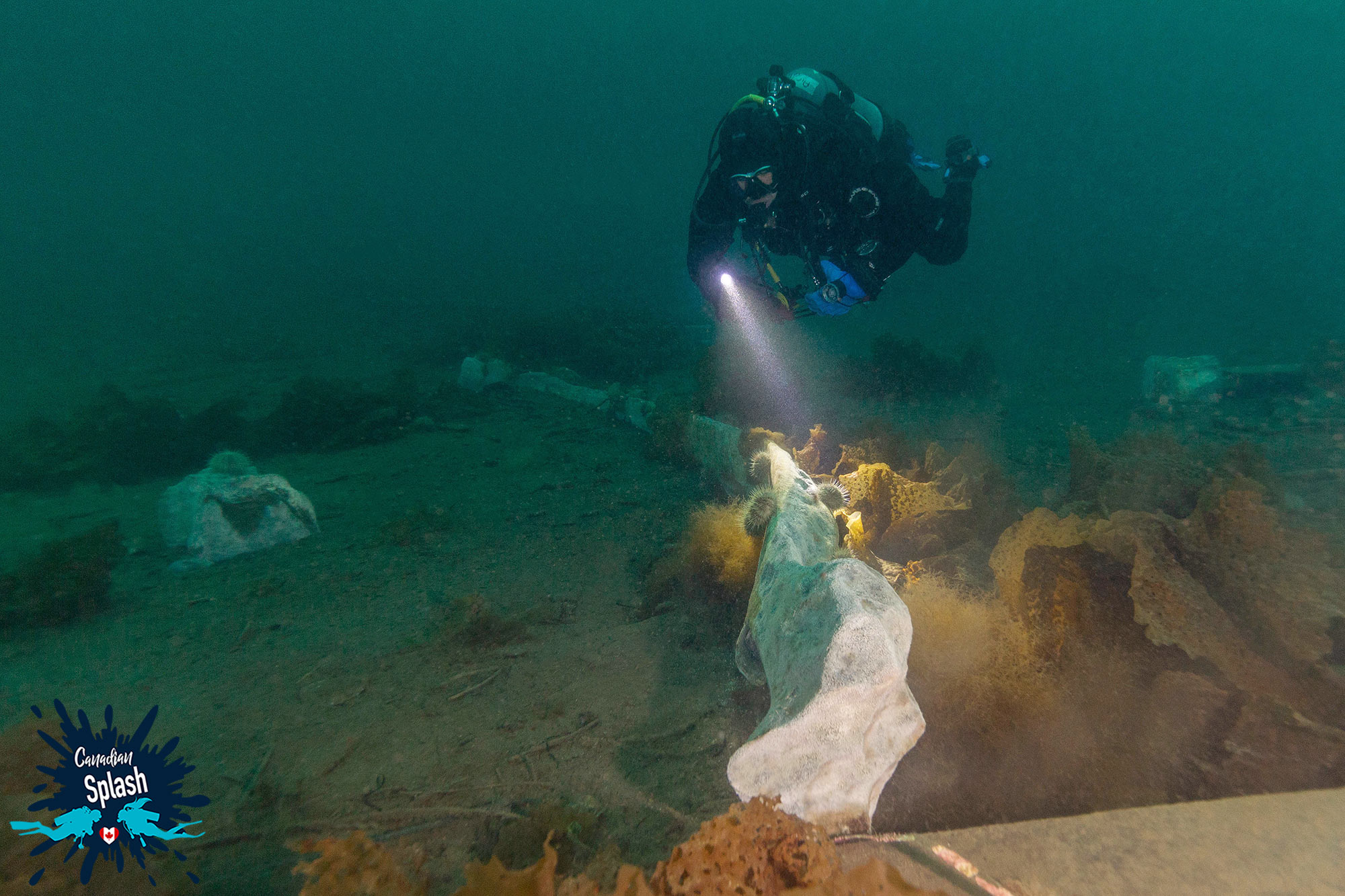
I went scuba diving in a whale boneyard – now that’s something I never imagined myself saying!
While not the most visually stunning place in Newfoundland’s diving repertoire, Joey and I decided to scuba dive Dildo for the experience alone. I mean how many people get the opportunity to spend a dive finding the remains of giants. When in Newfoundland, it’s an opportunity that just can’t be passed up. And on our dive, we certainly found our fair share of whale bones.
On the whole, Newfoundland and Labrador was an amazing natural location ripe for diving. Although Dildo certainly didn’t rank at the top of the list in this province per se, when compared to other Canadian dive locations this scavenger hunt of a dive site was certainly appealing.

Have you ever visited an old whaling station? Have you ever gone scuba diving around an old whaling station? What did you think and see?
Writers Note: This post may contain affiliate links. We will make a small commission if you make a purchase through one of these links, at no extra cost to you. See full disclosure and disclaimer policy here.

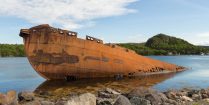
Year after year Newfoundland enjoys large marine animal migrations, rich fisheries and icebergs floating down from Greenland, so it should come as no surprise that this province would pair well with scuba diving.

Whether you’re scuba diving in cold or warm water, in the sunny tropics, or the icy Arctic, being chilly on a dive is never fun.
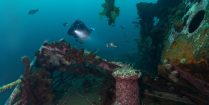
Do you enjoy cold water wreck diving? This dive destination will let you experience the best shipwrecks and scuba diving opportunities on the Canadian east coast.

Saint Andrews by-the-sea may be small in size, but this summer town packs a pretty big dive punch for scuba divers willing to brave the Bay of Fundy's tides.
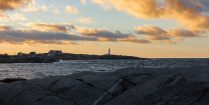
When diving in Nova Scotia where do you even begin? Do you start in Halifax the province's capital or do you wander beyond to see what the surrounding area has to offer?
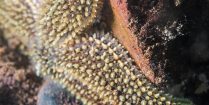
Sometimes finding a good dive spot is easier said than done. Shore diving around Saint John, New Brunswick is a testament to how unpredictable the Bay Fundy can be.

Organizing a dive vacation can be a challenge. To help, keep these four questions in mind when planning your next scuba diving vacation.
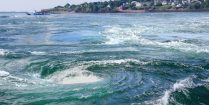
Submerging into the cold waters of Deer Island is one of the best ways to appreciate the vibrant array of color the Bay of Fundy hides beneath her surface.
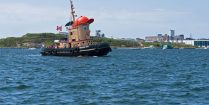
Nova Scotia is full of cold water diving opportunities, particularly around shores of Halifax.
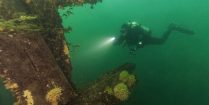
From age-old shipwrecks to lukewarm water, the Saint Lawrence Seaway is considered one of the go-to diving destinations in Ontario.
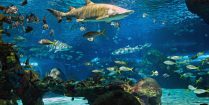
Do you want to try diving inside an aquarium? This unique Canadian location lets you experience scuba diving and up-close animal encounters like never before.

When it comes to getting outside and immersed in nature, Ontario Parks is at the top of the list. Not only do the parks boast magnificent nature, but it's hundreds of thousands of lakes make it a real treat for those who love the water.
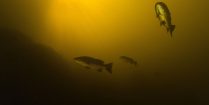
Mattawa is a far cry from wonderful diving, but given the region’s strong connection to its waterways - through the Indigenous people, Voyageurs and logging industry - Mattawa begs to be explored.
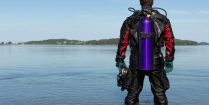
Given the current state of the world, travel is restricted and people are checking out their own backyards. Local scuba diving can be a very different experience than the usual holiday diving adventure, but it is one well worth exploring.
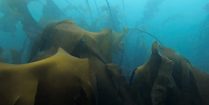
Located at the mouth of Fundy, there are many good reasons that the rocky coastlines of Grand Manan island would be ideal for scuba diving. Thanks to the ocean exposure and changing tides, the outer Bay of Fundy has some of the most dauntingly productive waters in Eastern North America.
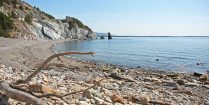
Tide pools are pools of water exposed at low tide and submerged by the ocean at high tide. They give non-divers a chance to glimpse the underwater world while remaining on land.
